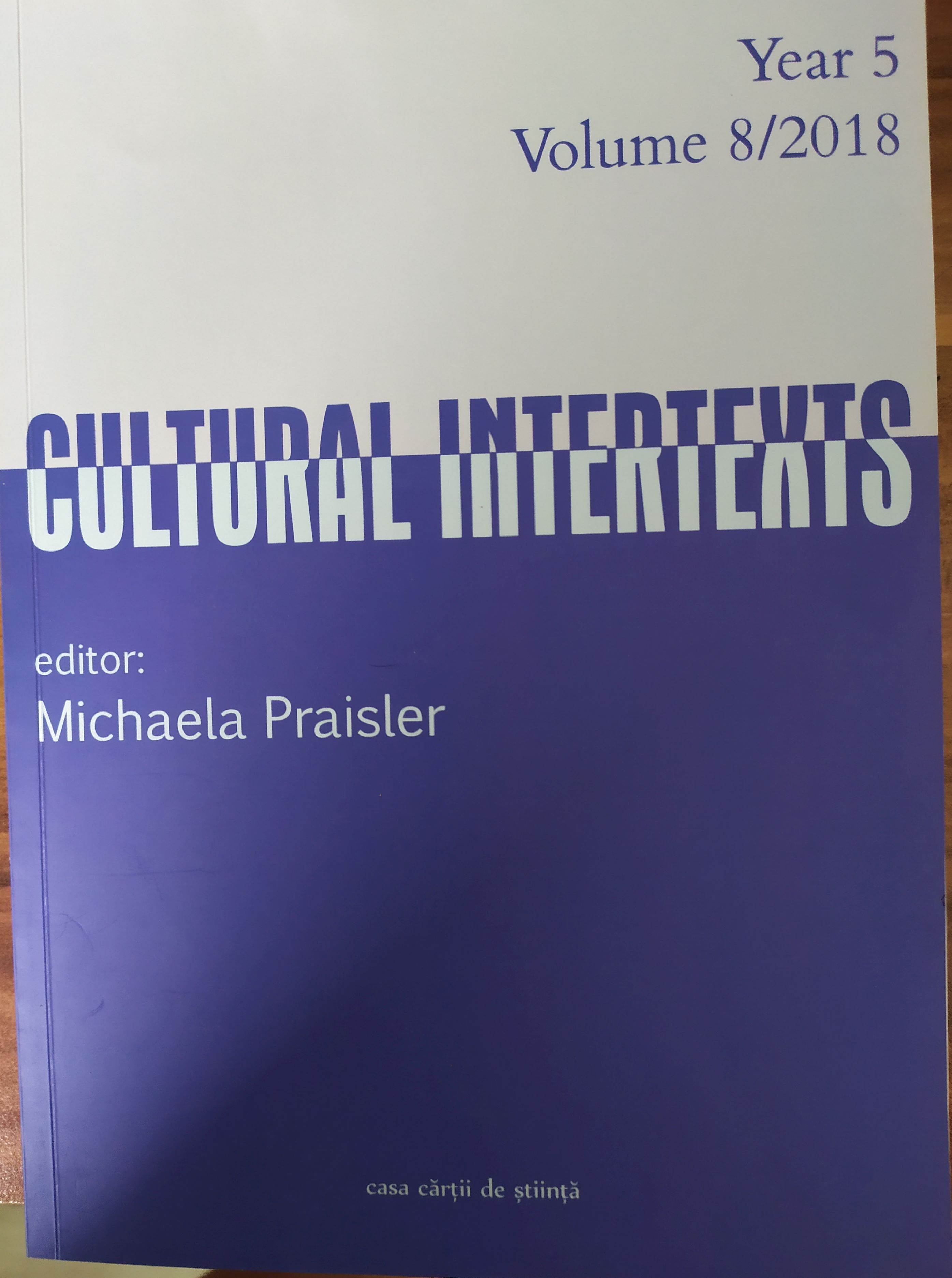Tropes of Ireland in the Gendered Mirror
Tropes of Ireland in the Gendered Mirror
Author(s): Ioana Mohor-IvanSubject(s): Language and Literature Studies, Studies of Literature
Published by: Editura Casa Cărții de Știință
Keywords: colonialism;Ireland;
Summary/Abstract: The paper discusses the connections between gender, colonialism and nationalism byfocussing on the “woman-nation” pairing that has characterised both the colonial andcountercolonial modes of representing Ireland. One strand of the argument focuses onEnglish allegorical representations of the colonised land as a frail but docile Hibernia,protected by the English law and order, which is a favourite trope of the 19th-centuryBritish periodic press and its iconographic texts. In opposition, the Irish native tradition(exemplified by the early 18th-century aislinge of Aogán Ó Rathaille and by the politicalballads of the late 18th- and 19th-centuries) revert to either the image of “a vulnerable virginravished by the masculine aggressive invader from England” or that of “a mother goddesssummoning her faithful sons to rise up against the infidel invader” (Kearney 1984: 21).Blending the two, Yeats‟s Cathleen Ni Houlihan constitutes itself into a mythic nexus forpersonifications of Ireland, becoming a potent symbol of Irish nationalism. A final part ofthe argument considers the „afterlives‟ of such feminine national icons, which “whileseeming to empower women, actually displace them outside history into the realm ofmyth.” (Fleming 1999: 48) Maud Gonne‟s play Dawn and Eavan Boland‟s poem “MiseEire” offer examples of women‟s rewritings of patriarchal modes of representation whichquestion and reformulate the “woman-nation” trope.
Journal: Cultural Intertexts
- Issue Year: 8/2018
- Issue No: 8
- Page Range: 94-104
- Page Count: 11
- Language: English

